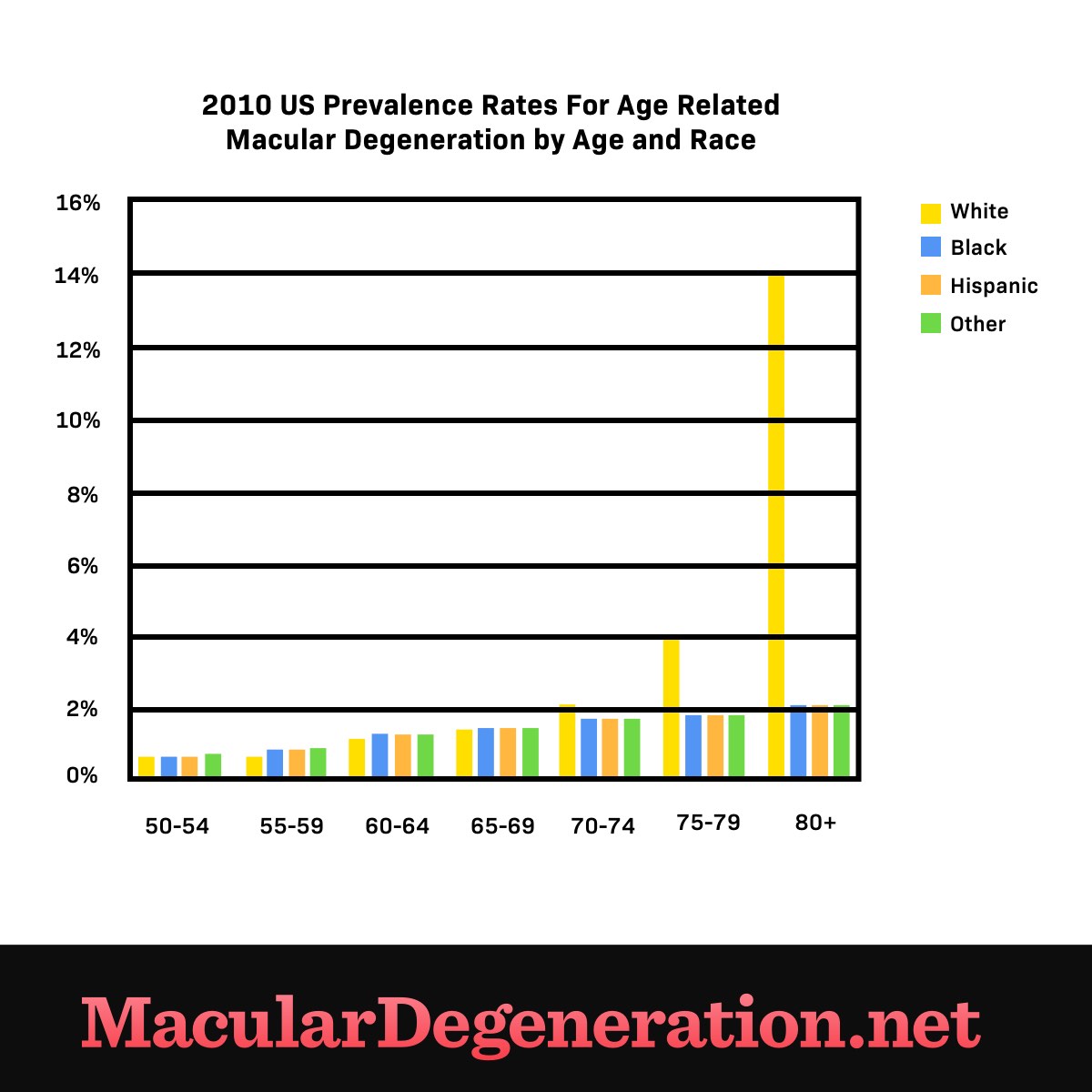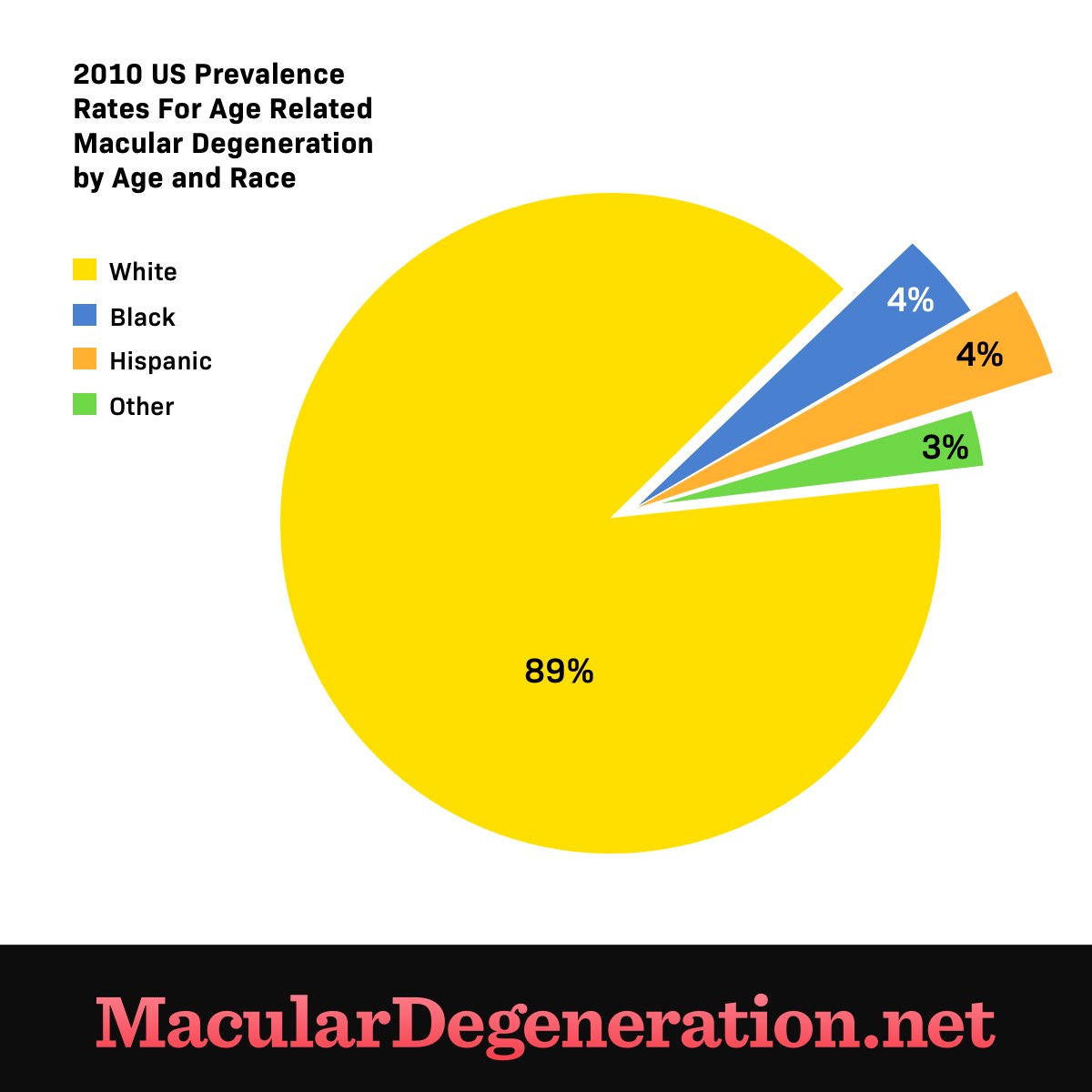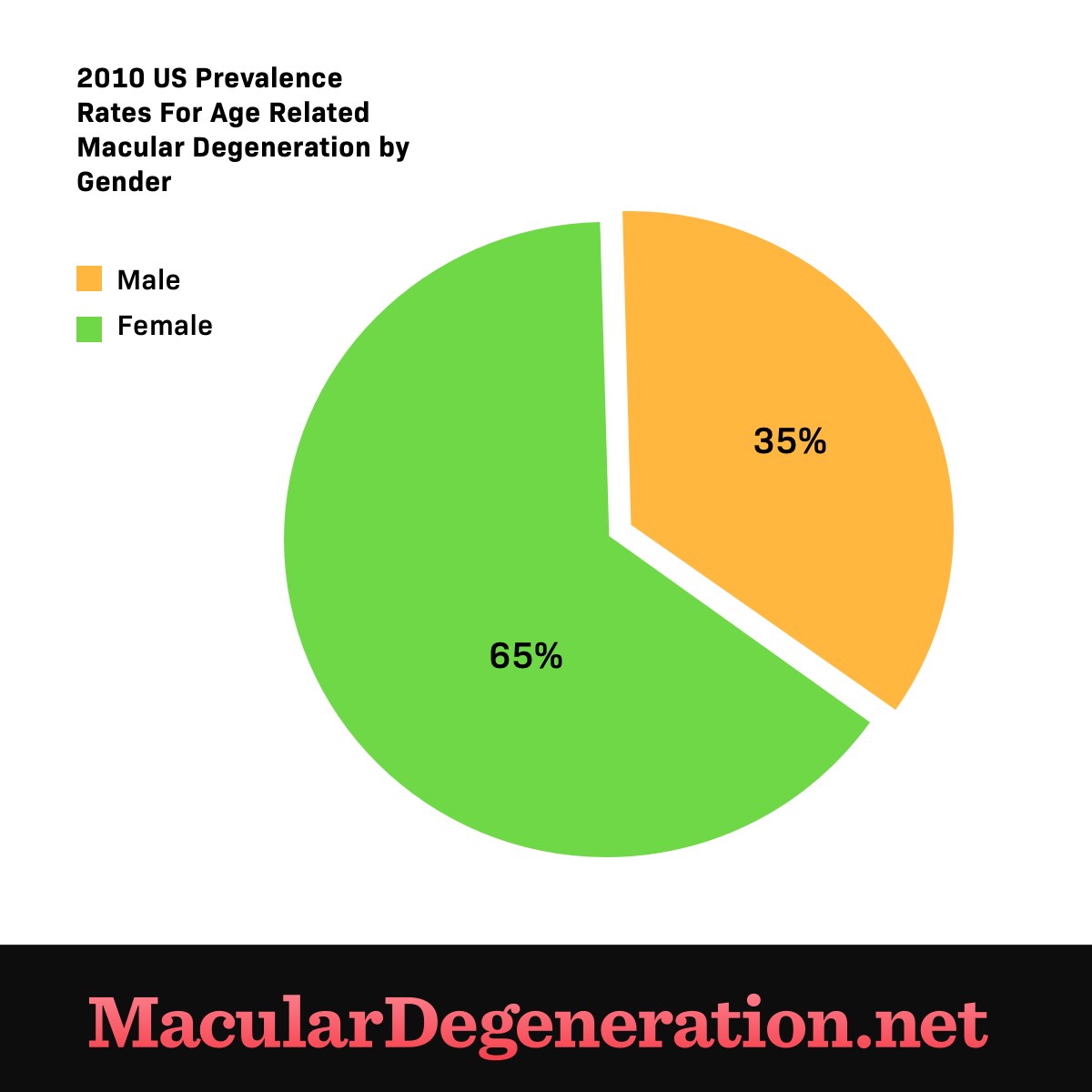How Common is Macular Degeneration?
Reviewed by: HU Medical Review Board | Reviewed November 2019 | Last updated: May 2025
Age-related macular degeneration (AMD) is a condition that gets worse over time. It causes central vision loss and blindness, and is a leading cause of visual impairment in older adults. AMD impacts about 11 million people in the U.S.1
What is epidemiology?
When looking at macular degeneration (AMD), numbers can give us a broad picture of the condition and who is affected. Epidemiology is a branch of medicine that studies patterns of disease in large groups of people This provides helpful information about the possible causes of the condition. It also studies how well current treatments work and provides data that point to new treatments.
How common is age-related macular degeneration (AMD)?
- By 2020, an estimated 196 million people worldwide will be affected by AMD
- AMD is the top cause of visual disability in the developed world, and the third cause worldwide
- The yearly healthcare costs of AMD in the U.S. are $255 billion, making up almost half of all costs related to care for vision loss2
Who gets AMD?
True to its name, the number of people with age-related macular degeneration increases with age. Most people with AMD are white, and women have a higher risk of developing AMD than men. This may be explained by the fact that women typically live longer than men and the risk of developing AMD increases with age.3
Figure 1. AMD numbers by age and race
Figure 2. AMD numbers by race
Figure 3. AMD numbers by gender
Risk factors for AMD
Doctors do not know exactly what causes AMD. However, there are several known risk factors that can contribute to developing AMD. Age and family history of the disease, 2 things that cannot be controlled or changed, are the strongest risk factors for AMD.2 Having 1 or more risk factors does not necessarily mean you will develop AMD. It is important to be aware of your chances for developing the condition so you can take steps to maintain your eye health. Risk factors include:
Risk factors for AMD that you cannot change
- Genetics: A person with a sibling or parent with AMD is 12 to 27 times more likely to develop AMD than a person with no such family history2
- Sex: Women are 1.3 times more likely than men to develop AMD2
- Age: Those over age 55 are more likely to develop the disease than those who are younger. One-third of adults over the age of 75 are affected by AMD2,4
Risk factors for AMD that you can change
- Smoking: People who smoke are 2 to 3 times more likely to develop AMD than non-smokers. The more you smoke, the more your risk increases5
- Diet: A diet high in sugars and starches, or low in certain nutrients, can increase the risk of developing AMD. It also contributes to how fast AMD progresses6,7
- Sunlight exposure: Some studies have found that early exposure to too much sunlight may increase the risk of developing AMD8
How common is Stargardt disease?
Stargardt disease is different from AMD. It is an inherited disorder of the retina. Typically, vision loss starts in childhood or the teen years. However, some people do not notice any vision loss until their late teens or young adulthood. About 1 in 8,000-10,000 people have Stargardt disease. The gene ABCA4 is responsible for about 95 percent of cases of Stargardt disease. The remaining 5 percent of cases are caused by changes in other genes.9
How common is myopic macular degeneration?
People with severe nearsightedness are said to have myopia, or sometimes, high myopia. People with severe nearsightedness are at increased risk of developing myopic macular degeneration.10
In myopia, the eye is “stretched” thin, and this can cause damage to the retina and impair vision. The cells in the retina can die because of the stretching. This causes a blank spot in the central vision, similar to AMD. About 10 million people worldwide have myopic macular degeneration.11
What can you do?
If you are worried about developing AMD, talk with your doctor about helpful lifestyle changes and get regular eye exams.


